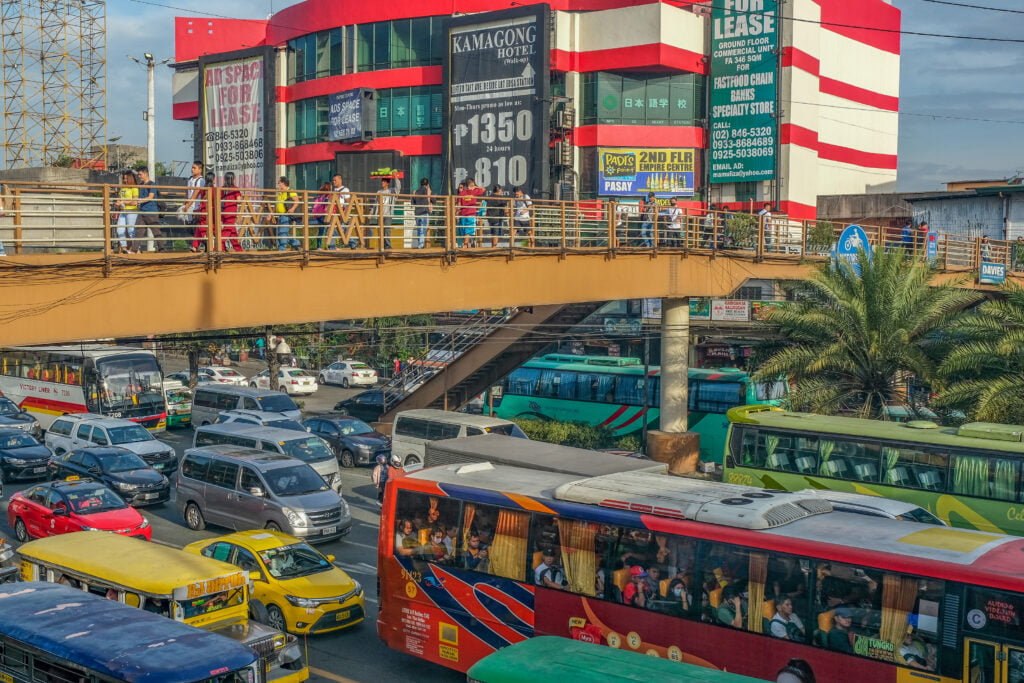Recognizing the Duty of Transportation Marketing in Enhancing Brand Exposure and Consumer Involvement
Transit marketing has actually arised as an essential aspect in the marketing landscape, using special opportunities for brand names to elevate their presence and engage customers effectively. With the ability to reach a restricted and diverse audience throughout their day-to-day commutes, these marketing methods are not simply regarding presence; they have to do with creating meaningful connections with prospective consumers. As we check out the diverse benefits and ingenious approaches within transportation marketing, it becomes essential to think about exactly how these components jointly affect customer assumption and behavior, raising questions about their long-lasting influence on brand loyalty.
Meaning of Transit Marketing
Transit advertising describes the technique of promoting products, services, or brand names with ads put in and around public transport systems. This form of advertising incorporates a selection of positionings, consisting of posters on trains and buses, digital screens at transit terminals, and covers on the outside of automobiles. It aims to get to a varied audience, profiting from the high foot web traffic related to public transportation.
Transportation advertising is strategically placed to catch the attention of travelers, who frequently invest significant time taking a trip or waiting. By incorporating ads into the day-to-day regimens of individuals, brands can develop an enduring impact and foster brand name recognition. The tool is especially effective in metropolitan environments, where public transport is a primary setting of traveling.
Additionally, transportation marketing can facilitate localized targeting, enabling companies to get to particular demographics based upon transit paths and station places. As urban populaces expand and the use of public transportation increases, this advertising and marketing technique has actually gained importance as a vital element of incorporated marketing strategies. The vibrant nature of transportation marketing, incorporated with its ability to involve customers in a captive environment, emphasizes its importance in contemporary advertising and marketing practices.
Advantages of Transportation Marketing
The performance of transit marketing exists in its ability to deliver a plethora of benefits to brand names looking for to enhance presence and engagement. One of the key advantages is the considerable reach it provides; transportation ads can properly target diverse demographics throughout urban locations, getting to both commuters and pedestrians alike. This broad exposure substantially enhances brand name recognition.
Another benefit is the high regularity of impressions. As transportation vehicles travel along established routes and stop at multiple areas, they develop recurring direct exposure that reinforces brand messages. This frequency fosters familiarity, which is important in consumer decision-making.
Transportation advertising is also cost-effective contrasted to various other media platforms. Provided its expansive reach and potential for high impacts, brand names typically experience a lower cost per thousand impressions (CPM), optimizing their marketing budget plan.
Furthermore, transit advertisements can produce a sense of community link. By lining up with local transit systems, brands can resonate with local target markets and promote a sense of local satisfaction. This local strategy improves brand loyalty and involvement, making transportation advertising and marketing an engaging option for companies aiming to solidify their visibility in the market.

Reliable Techniques for Transit Projects
To optimize the impact of transportation campaigns, brands need to take advantage of strategic preparation and execution customized to their target market. Initially, determining the group attributes of the target market utilizing public transportation is important. This permits brands to develop personalized messaging that reverberates with potential clients.
Following, selecting the ideal transportation mediums is necessary. Whether utilizing bus wraps, metro posters, or digital displays, each tool has distinct benefits that can enhance exposure. As an example, vivid visuals on bus wraps can stand out, while digital advertisements can be updated regularly to show prompt promotions.
In addition, integrating a natural branding strategy across transportation platforms ensures uniformity and strengthens the brand name's identity. Utilizing memorable taglines and eye-catching layouts will enhance brand recall amongst commuters.
Lastly, timing is a crucial consider implementing successful transportation campaigns. Releasing projects during peak traveling hours or regional occasions can substantially raise visibility and interaction. By utilizing these techniques, brands can effectively harness the possibility of transit marketing, fostering better understanding and connection with their target audience. Ultimately, a well-executed transportation campaign can drive significant development in brand name presence and customer interaction.

Determining Impact and Involvement
In reviewing the efficiency of transit marketing campaign, precise dimension of effect and engagement is essential for brand names seeking to maximize their advertising strategies. Metrics such as reach, regularity, and perceptions provide fundamental data to analyze exposure. Analyzing these variables assists determine the number of prospective customers are subjected to the advertisements throughout their daily commutes.
Interaction can be further assessed through customer communications, such as site web traffic, social media states, and direct feedbacks to calls-to-action included in the ads. Using devices like QR codes or unique Links can facilitate tracking of customer actions click here for info directly linked to transportation campaigns. Surveys and responses mechanisms likewise function as valuable techniques to collect qualitative data on consumer assumptions and recall of the advertisement.
Moreover, advanced analytics and attribution designs can associate transportation direct exposure with subsequent getting behavior, providing understandings right into the return on financial investment. By employing an extensive technique that incorporates quantitative and qualitative steps, brand names can establish a nuanced understanding of their transportation advertising and marketing impact. Ultimately, this data-driven technique allows brands to fine-tune their projects, guaranteeing they reverberate properly with target market and boost total brand name presence.
Study of Effective Projects
Effective transportation ad campaign function as engaging examples of exactly how effective techniques can raise brand visibility and visit this website engagement. Transit Advertising Philippines. One notable case is the "I Love New york city" project, which changed the city's picture and attracted millions of tourists. By making use of metro advertisements, billboards, and bus wraps, the campaign developed a solid, cohesive brand identification, causing a substantial uptick in tourist and regional company patronage
Another excellent campaign is Coca-Cola's "Share a Coke" initiative, which leveraged transportation advertising and marketing to customize the brand experience. By including prominent names on marketing materials throughout different transit systems, Coca-Cola promoted a deeper psychological link with consumers, urging them to share their Visit This Link experiences on social networks.
Additionally, the "Got Milk?" project successfully used public transportation advertisements to reach a broad target market, strengthening the message of the importance of milk in a well balanced diet plan. The project saw a quantifiable increase in milk intake in target demographics.
These study show that when performed attentively, transit advertising and marketing can substantially improve brand name exposure, foster customer interaction, and drive quantifiable results, showing its important duty in contemporary advertising and marketing methods. - Transit Advertising Philippines
Final Thought
To conclude, transportation marketing acts as a crucial tool for enhancing brand name visibility and cultivating consumer interaction. By making use of tactically positioned advertisements within mass transit systems, brand names can successfully get to diverse target markets and strengthen acknowledgment through consistent exposure. The execution of targeted messaging and cutting-edge techniques additionally intensifies the impact of transit campaigns. Eventually, the capability to gauge involvement and analyze successful study emphasizes the performance of transportation advertising in driving brand commitment and consumer interactions.
Transit advertising has actually arised as an essential aspect in the advertising landscape, providing distinct opportunities for brands to elevate their visibility and involve customers efficiently.Additionally, transit advertising can facilitate local targeting, enabling services to reach specific demographics based on transit courses and terminal places.In evaluating the effectiveness of transportation advertising and marketing campaigns, accurate measurement of influence and interaction is vital for brands looking for to enhance their marketing approaches.Effective transit advertising projects serve as engaging examples of just how reliable techniques can boost brand visibility and interaction.In conclusion, transportation advertising offers as an important device for enhancing brand name visibility and promoting consumer interaction.